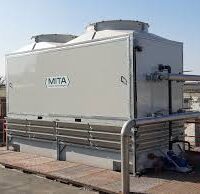Round Type Cooling Tower
The Bottle Shape Cooling Tower, constructed from FRP (Fiber Reinforced Plastic), is designed to provide outstanding corrosion resistance and excellent durability against vibrations, ensuring it performs
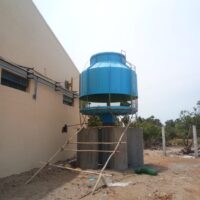
Cross Flow Cooling Tower
In a cross-flow cooling tower, air flows horizontally through the tower while water flows vertically downward, creating a perpendicular interaction between the air and water that boosts heat exchange efficiency.
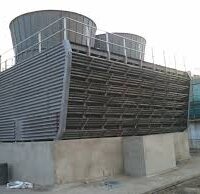
Wooden Cooling Tower
Wooden cooling towers are particularly effective at handling water with high TDS (Total Dissolved Solids). Hot water from industrial systems is sprayed through specialized nozzles to ensure efficient heat dissipation and continuous cooling.
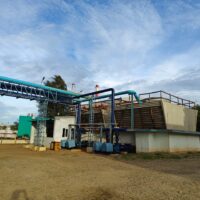
Evaporative Cooling Tower
Evaporative cooling towers utilize the natural process of water evaporation to remove excess heat from industrial applications, power plants, and HVAC systems, delivering efficient and energy-saving cooling performance.
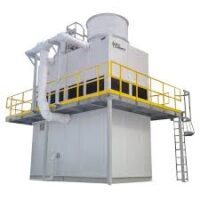
Dry Cooling Tower
A dry cooling tower is used in industrial and power generation sectors to remove excess heat without requiring water. Unlike wet cooling towers, dry cooling towers do not rely on water evaporation for heat dissipation.
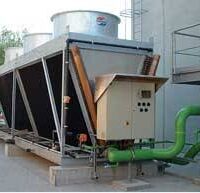
Natural Draft Cooling Tower
Natural draft cooling towers rely on natural air convection for cooling water. Their hyperbolic structure promotes airflow, making them an energy-efficient and reliable cooling solution for large industrial
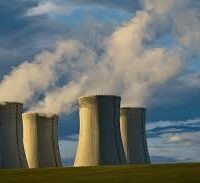
RCC Cooling Tower
RCC (Reinforced Cement Concrete) cooling towers are large, durable structures built for industrial and commercial cooling. They provide an efficient means of dissipating heat from various industrial processes.

Square Type Cooling Tower
The Square Type Cooling Tower uses an induced draft counterflow system. The fan creates a vertical air flow that moves upward, enhancing heat exchange and maximizing the cooling capacity of the system.
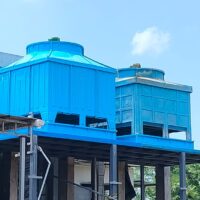
Closed Circuit Cooling Tower
A closed circuit cooling tower combines the functions of a cooling tower and a heat exchanger. The process fluid circulates through a coil or heat exchanger, efficiently removing heat while preventing contamination.
